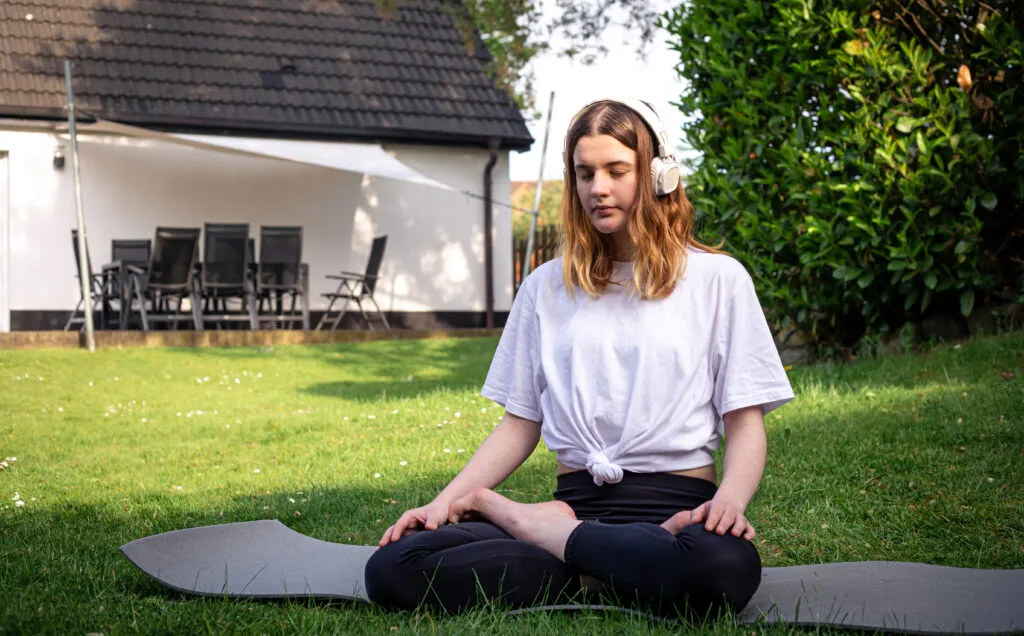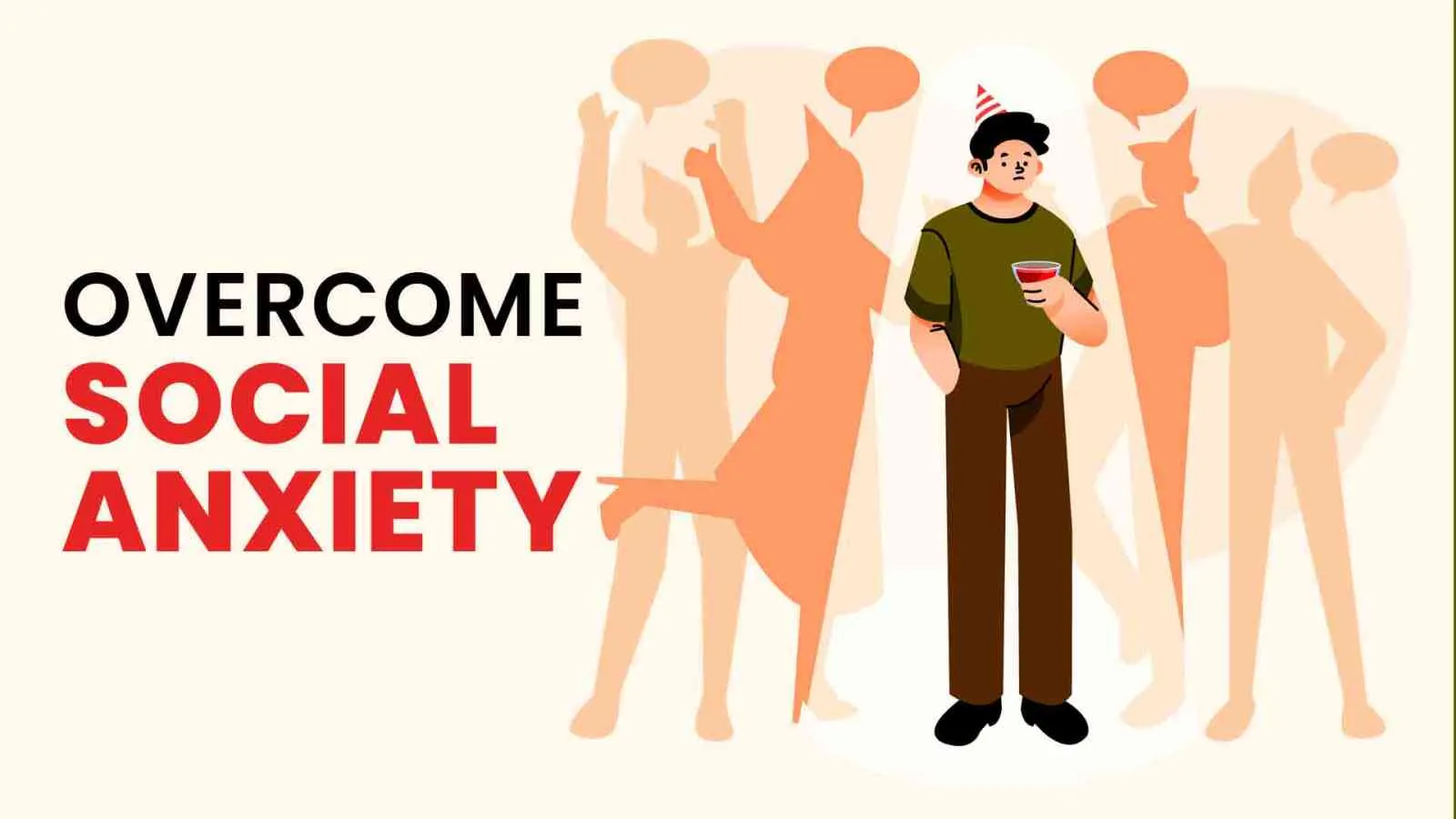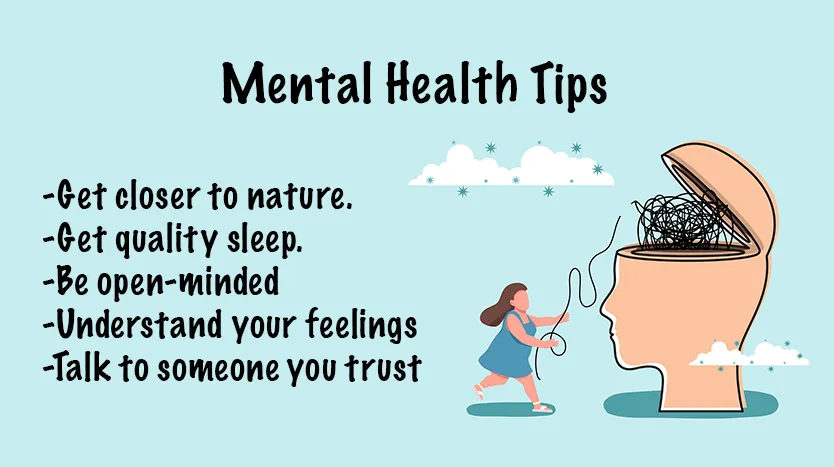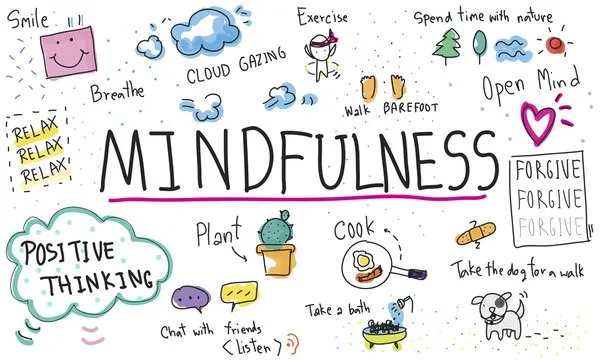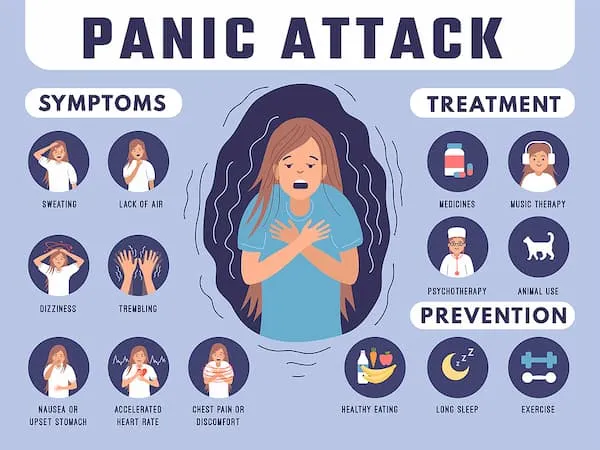Meditation has been practiced for thousands of years across various cultures and spiritual traditions. It is well-known for its numerous benefits, including reducing stress, improving mental clarity, and enhancing overall well-being. For beginners, meditation might seem overwhelming, but it doesn’t have to be complicated. With the right approach, anyone can begin incorporating meditation into their daily routine and experience its positive effects.
This article will introduce you to simple meditation techniques that are easy to follow, especially for those new to the practice. Whether you’re looking to reduce anxiety, boost focus, or simply find a moment of peace, these beginner-friendly techniques can guide you on your journey.
Why Meditate?
Before diving into specific techniques, it’s important to understand why meditation is so beneficial, especially for beginners. Some key benefits of meditation include:
- Stress Reduction: Meditation helps calm the mind, reduce anxiety, and promote relaxation. It has been scientifically proven to lower cortisol (the stress hormone) levels.
- Improved Focus and Concentration: Regular practice improves attention span and cognitive function, allowing you to stay focused for longer periods.
- Better Emotional Health: Meditation encourages mindfulness and self-awareness, which can improve emotional regulation and reduce feelings of sadness or depression.
- Physical Health Benefits: Meditation can also have positive effects on your body, such as lowering blood pressure, improving sleep, and strengthening the immune system.
Now, let’s explore some simple meditation techniques to help you get started.
1. Mindfulness Meditation
Mindfulness meditation is one of the most popular and accessible forms of meditation. It involves paying attention to the present moment without judgment. The goal is to be fully aware of your thoughts, feelings, and sensations, without getting caught up in them.
How to Practice Mindfulness Meditation:
- Find a Comfortable Space: Sit in a quiet, comfortable space where you won’t be disturbed. You can sit on a chair, cushion, or floor—whatever feels best.
- Focus on Your Breath: Close your eyes and bring your attention to your breath. Breathe naturally, paying attention to the sensation of air entering and leaving your body. You can count each inhale and exhale if that helps.
- Observe Your Thoughts: As you meditate, thoughts will naturally arise. Instead of trying to push them away, simply notice them and let them pass without judgment. Return your focus to your breath.
- Practice for 5–10 Minutes: Start with just 5–10 minutes of mindfulness meditation each day. Gradually increase the duration as you get more comfortable with the practice.
Why It Works:
Mindfulness meditation helps train your mind to focus on the present, reducing overthinking and rumination. It is particularly effective for reducing stress and increasing emotional awareness.
2. Guided Meditation
Guided meditation is a great option for beginners, especially if you find it difficult to meditate on your own. In guided meditation, an instructor or meditation app leads you through the process, providing instructions and visualizations.
How to Practice Guided Meditation:
- Choose a Guided Meditation: You can find guided meditations on YouTube, meditation apps (like Calm or Headspace), or online platforms. There are various types, such as body scans, relaxation techniques, or visualizations.
- Follow the Instructions: Listen to the guide’s voice and follow the prompts. The guide may instruct you to relax your body, focus on specific areas of tension, or imagine calming imagery.
- Focus on the Experience: Let the guide help you stay focused, and allow yourself to fully immerse in the practice. Don’t worry if your mind wanders—just gently bring it back to the guide’s instructions.
Why It Works:
Guided meditation is particularly helpful for beginners because it provides structure and direction. The guidance helps reduce distractions, allowing you to focus more on the experience and less on trying to figure out what to do next.
3. Loving-Kindness Meditation (Metta Meditation)
Loving-kindness meditation, also known as Metta meditation, is a practice that focuses on cultivating feelings of compassion and kindness, both for yourself and others. This meditation involves silently repeating phrases that convey goodwill and kindness.
How to Practice Loving-Kindness Meditation:
- Sit Comfortably: Find a quiet place and sit in a relaxed position.
- Focus on Yourself: Begin by focusing on yourself. Repeat phrases like, “May I be happy, may I be healthy, may I be safe, may I live with ease.” Feel the kindness directed toward yourself.
- Extend Kindness to Others: After focusing on yourself, gradually extend the loving-kindness to others. Start with someone close to you, such as a friend or family member. Then, extend the compassion to others in widening circles—acquaintances, strangers, and even people you may have difficulty with.
- Repeat the Phrases: Continue repeating the phrases, allowing feelings of warmth and compassion to grow within you.
Why It Works:
Loving-kindness meditation has been shown to increase positive emotions and reduce negative emotions like anger and resentment. It can also foster a sense of connection with others and increase empathy.
4. Body Scan Meditation
Body scan meditation is a practice where you focus on different parts of your body, paying attention to any sensations, tension, or discomfort. This technique is excellent for relaxation and stress relief.
How to Practice Body Scan Meditation:
- Lie Down or Sit Comfortably: Find a comfortable position, either lying down on your back or sitting in a chair. Close your eyes and take a few deep breaths to relax.
- Focus on Your Feet: Begin by focusing your attention on your feet. Notice any sensations, tension, or warmth in that area.
- Move Up the Body: Gradually shift your attention to different parts of your body, moving upwards from your feet to your legs, abdomen, chest, arms, neck, and finally your head.
- Observe Without Judgment: As you focus on each body part, try not to judge or change anything. Simply observe how each area feels.
Why It Works:
Body scan meditation is particularly helpful for releasing physical tension and calming the nervous system. It helps increase body awareness and encourages relaxation.
5. Breathing Meditation (Pranayama)
Breathing meditation, or pranayama, involves focusing on your breath and controlling its rhythm. This technique can be used to calm the mind, reduce anxiety, and increase mindfulness.
How to Practice Breathing Meditation:
- Sit in a Comfortable Position: Find a quiet spot and sit with your spine straight and shoulders relaxed.
- Focus on Your Breath: Begin by observing your natural breathing pattern. Notice the inhale and exhale without trying to change anything.
- Use a Breathing Technique: If you feel comfortable, try a simple breathing technique such as box breathing: Inhale for 4 counts, hold for 4 counts, exhale for 4 counts, and hold for 4 counts. Repeat for several rounds.
- Return to Natural Breathing: After a few minutes of controlled breathing, allow your breath to return to its natural rhythm.
Why It Works:
Breathing meditation helps activate the parasympathetic nervous system, which promotes relaxation and reduces the stress response. It also enhances focus and mental clarity.
6. Visualization Meditation
Visualization meditation involves imagining a peaceful and calming scene, such as a beach, forest, or mountain. The goal is to create a mental image that brings about feelings of relaxation and inner peace.
How to Practice Visualization Meditation:
- Find a Comfortable Position: Sit or lie down in a quiet, comfortable space.
- Imagine a Peaceful Scene: Close your eyes and imagine a place that makes you feel calm and happy. This could be a beach, a forest, or any place that brings you peace.
- Engage Your Senses: Try to fully immerse yourself in the scene by engaging all your senses. What do you see, hear, smell, or feel in this place? The more vividly you imagine the scene, the more effective the meditation will be.
- Focus on the Relaxation: Allow the calming feelings from the scene to fill your mind and body. Let go of any stress or tension.
Why It Works:
Visualization is a powerful tool for reducing stress and anxiety. It helps you create a mental escape and encourages positive thinking.
Conclusion
Meditation is a simple yet powerful practice that can bring significant benefits to both your mental and physical health. As a beginner, it’s important to approach meditation with patience and openness. Start with one of the techniques outlined above, and gradually incorporate it into your daily routine. Over time, meditation can help you feel more centered, focused, and peaceful.
Would you like an image to accompany this article, such as someone meditating or a serene nature scene?
